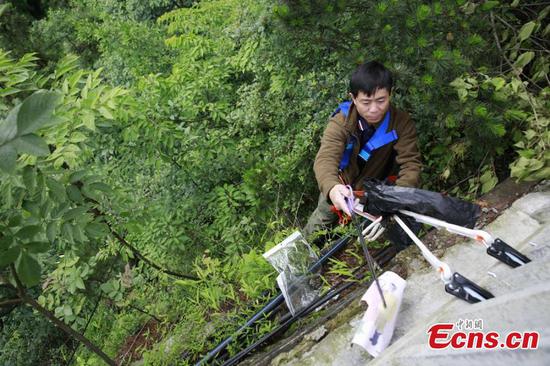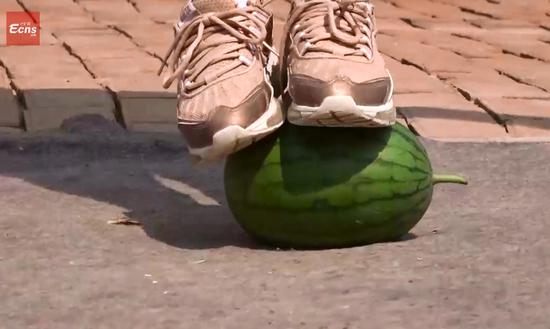Indian archaeologists have unearthed over 4,000-year-old chariots, swords and helmets in the northern state of Uttar Pradesh, which they claim clearly suggests that those were also used in wars in this sub-continent during the Bronze Age.
A team at the state-owned Archaeological Survey of India (ASI) found the chariots, which are two-wheeled open vehicle drawn by horse, and other artefacts in Sanauli village in the northern state of Uttar Pradesh, 60 km from the Indian capital, after a three-month-long excavation.
According to the researchers, this is the first time that chariots have been found in the Indian sub-continent. When in 2000 BC, the Mesopotamians were using chariots, swords and even helmets during wars, the researchers said, people in this sub-continent also had similar items.
"It's shocking to find such antique from ancient civilization in this area. Many royal tombs have also been found during the excavation. Whatever has been found so far seems to be 4,000 years old, which is approximately 2,000-1,800 BCE," top ASI official S.K. Manjul told the media.
On animals used to draw the chariots, Manjul said, "It could be a bull or a horse, but having said that the preliminary understanding points to the horse."
"The chariot is a lookalike of the ones found in its contemporary cultures like Mesopotamia. It is a solid wheel with no spokes. In one of the pits, crown or helmet worn by the rider of the chariot has been recovered," the official added.
Some historians, however, argue that chariots figure prominently in the Rigveda, evidencing their presence in India in the 2nd millennium BCE. Among Rigvedic deities, notably Ushas (the dawn) rides in a chariot, as well as Agni in his function as a messenger between gods and men.
The Rigveda is a collection of Vedic Sanskrit hymns counted among the four Hindu religious texts known as the Vedas. The Rig Veda was likely composed between roughly 1,700-1,100 BCE.
Others went further and said the discovery of chariots could be a hint of the existence of the horse-drawn carts in the Mahabharata, one of the two major Sanskrit epics of ancient India. "There was mention of chariots in the epic," local historian R.S. Prasad said.
In Mahabharata, where the main story revolves around two branches of a family - Pandavas and Kauravas - who, in the Kurukshetra War, battle for the throne of Hastinapura.
The ASI researchers also said a coffin found by them during excavation is copper-decorated. "For the first time in the sub-continent we have found this kind of coffin. The cover is highly decorated with eight anthropomorphic figures and the sides with floral motifs," Manjul said.
According to them, the discovery of chariots, swords, daggers, among others, suggests that a warrior tribe had lived in that place during that time.
"The new findings will shed light on India's place in the ancient world history. Previously, chariots were found to be a part of Mesopotamia, Georgia, Greek civilizations. But, the Sanauli recovery shows we were on par with them," Manjul added.


















































